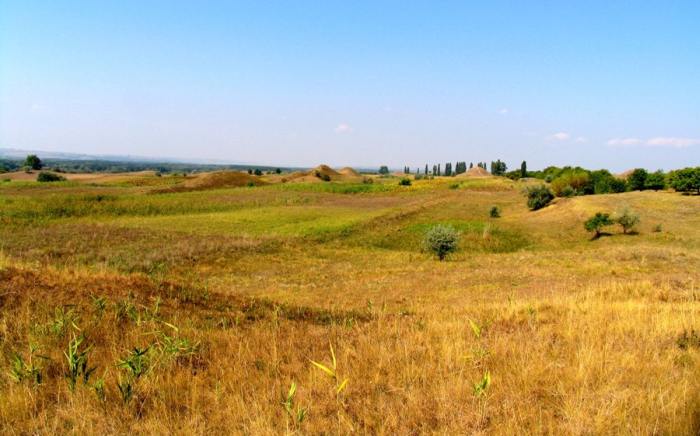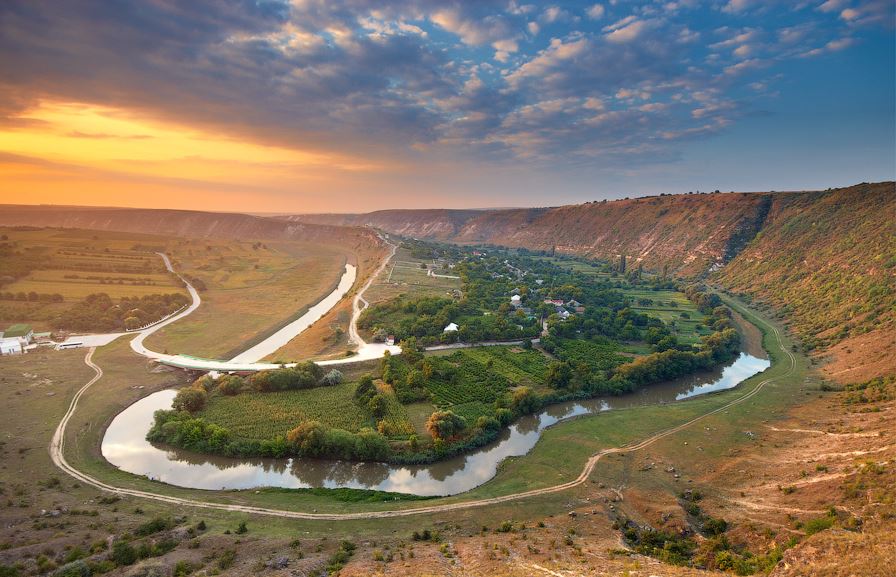Landscape Reserves.
The Landscape Reserves represent a part of the natural heritage of the country,being created in order to protect and preserve the biodiversity of the Republic of Moldova.
Landscape Reserve “Toltrele Prutului”.
In the northwestern part of the Republic of Moldova there are places with quite spectacular landscapes. The small rivers,tributaries from the left side of the Prut River,dig deep canyons through the cliffs covered with moss. These are old reefs formed by hard limestone where high concentrations of remnants of various organisms can be noticed such as:marine algae of specific form,corals,sea urchins,scallops and other marine animals that used to used to live in the tropical Tortonian and Sarmatian seas 10-2- million years ago. These reefs form the landscape reserve “Toltrele Prutului”(or Reefs of Prut) that are a chain of limestone formations of reef type,situated in the Republic of Moldova,alongside Middle Prut,on a distance of about 200 km.


Landscape Reserve “The Hundred Knolls”.
The landscape reserve “The Hundred Knolls” is situated in the Prut bottomland,about 205 km north of Chisinau city,between Braniste village,Riscani district,and Cobani village,Glodeni district. This name is inappropiate as in reality the number is bigger-over 3,500 knolls,covering an area of 1,072 ha. Their height varies from 1.5 to 30.5. Some scientists consider that “The Hundred Knolls” is the only place in Europe where there are concentrated in such a great number the submarine reefs of the Mediterranean Sea-tertiary water basin,that covered about 20 million years ago the current territory of the Republic of Moldova.
The reserve has a special scientific value not only from the geological point of view,but also from the floristic and faunistic ones.

Cultural,Natural and Landscape Reserve “Old Orhei”.
The cultural,natural and landscape reserve “Old Orhei” includes a series of historical and cultural monuments and natural landscapes in the gorge of Raut River. This area has been populated and partially urbanized since Paleolithic and Neolithic periods. Having a millenary history,this territory comprises many hearths of Dacian civilization from the 5th-3rd centuries BCE,the remnants of the medieval city Sehr al-Cedid,built be Tatar-Mongols in the 14th centuty and Old Orhei,built by the Moldovans in the 15th-16th centuries. In the limestone cliffs there were found Christian cave monasteries,cells and religious inscriptions made in stone by the monks in the medieval and modern ages. At the moment,the reserve is a candidate for being in the UNESCO World Heritage.




